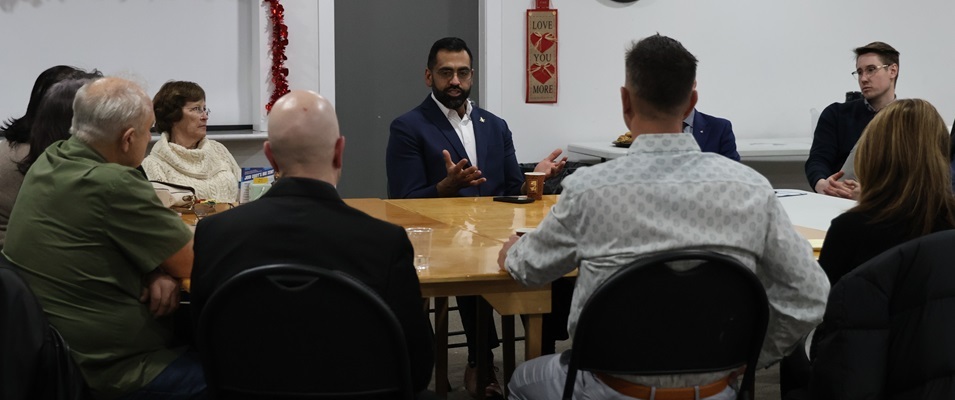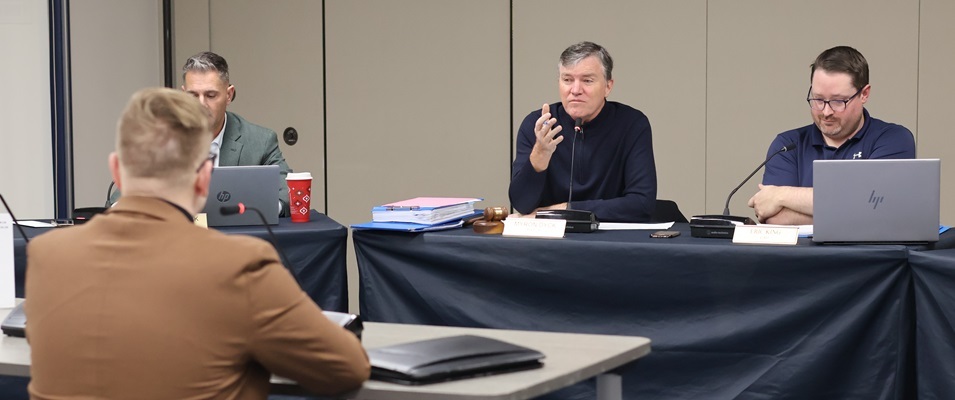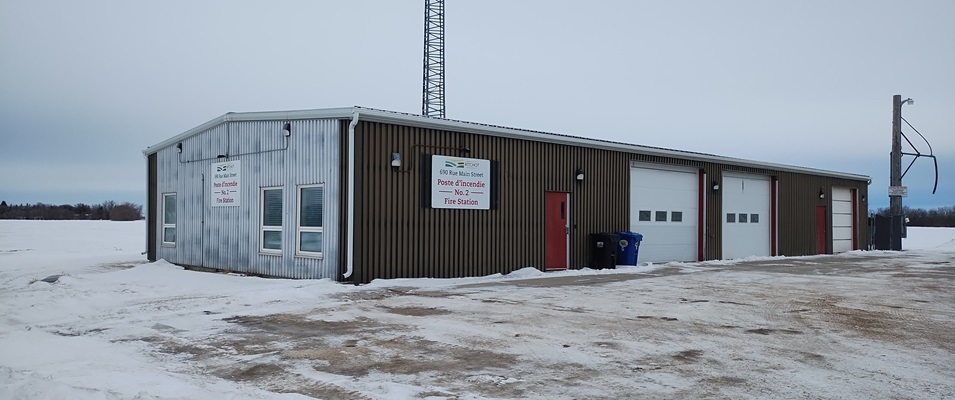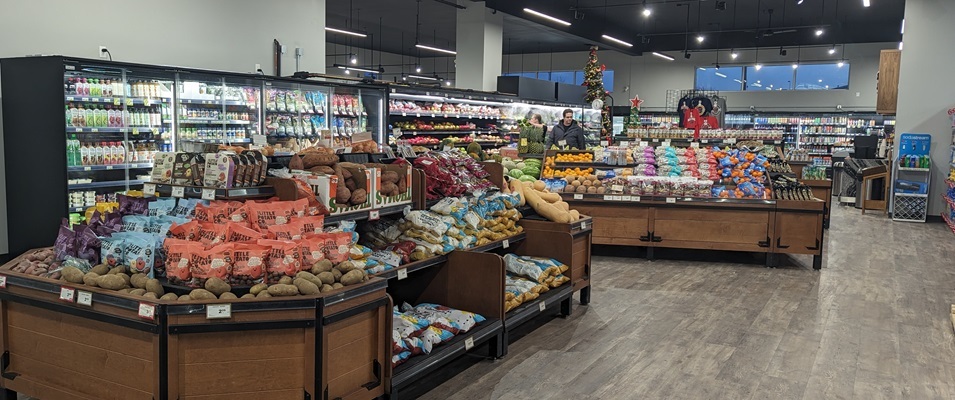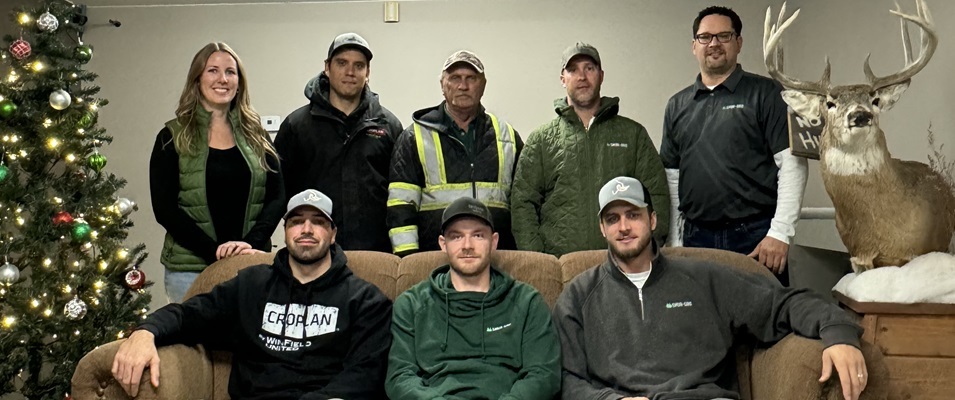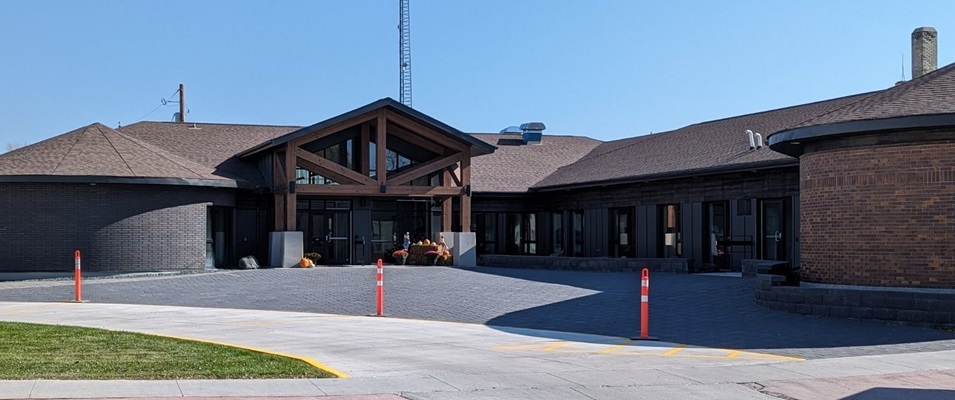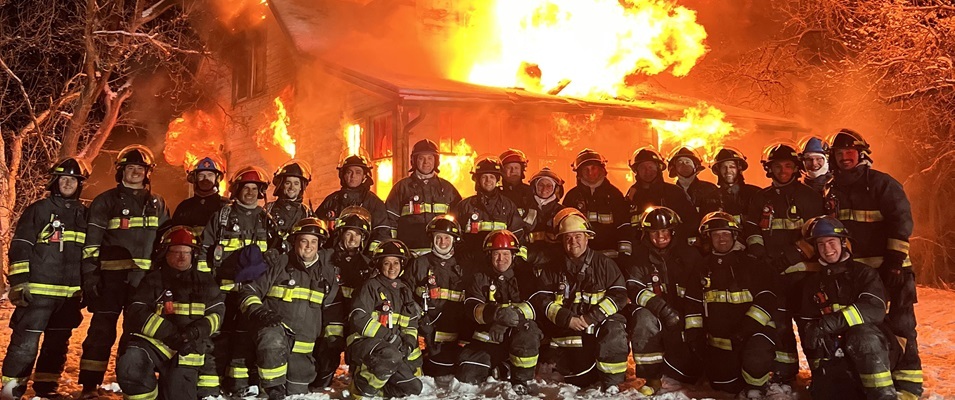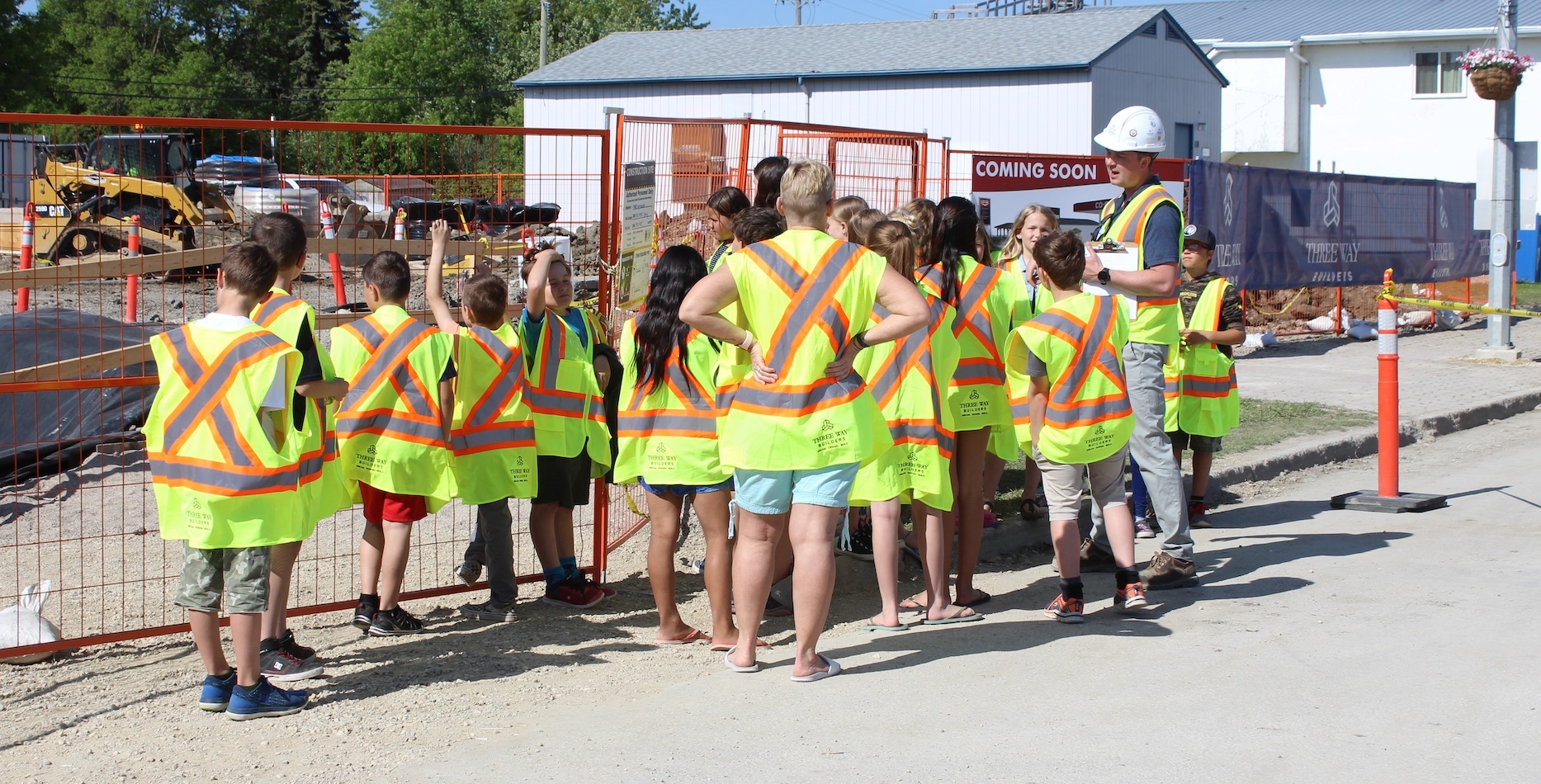
For weeks, students of Niverville Elementary have been watching with great interest as cranes, excavators, and construction crews descend upon Country Snacks, right across Main Street from their playground.
On June 6, construction works indulged their curiosity with a lesson on construction and safety. From 9:00 a.m. until noon, Alan Klippenstein of Three Way Builders gave guided tours to approximately 240 young students from the safe side of the construction fence.
“Before we got started [on construction] here, we just wanted to let the school know that we were going to be working here, so we went across and talked to the principal and let them know what was going on,” says Klippenstein. “They mentioned that all their kids at recess were just glued to the fence, curious about what was happening. They asked if we’d be interested in giving the kids a construction tour.”
That was the impetus for an event that Klippenstein says is a first for the company. Donning oversized safety vests, the children excitedly arrived in small groups, each accompanied by a teacher. Klippenstein gathered them close, pointing out the many layers of construction that have gone into the soon-to-be gas station.
The lesson began with the importance of construction safety gear, worn by Klippenstein and the many workers onsite that day.
Steel-toed boots, Klippenstein told them, have metal inside the toe and sole to prevent injury from falling debris and from sharp objects lying in the work area. Kids rose to the challenge of stomping on his boot in an attempt to inflict pain.
Klippenstein also introduced each stage of what it takes to create a gas-filling station. He pointed out the soldier piling along one side of the 15-foot hole. Made of metal beams and wood, the piling’s job is to prevent soil from falling away from the existing building and damaging the structure.
“We’re digging a really deep hole right here,” Klippenstein told the class. “But we’re digging it right next to a building, so we have to make sure we keep that building [standing].”
At the onset, geotechnical cloth is installed along the sides and bottom of the pit to keep everything firmly in place.
On June 4, two large gas storage tanks were lowered to the bottom by a crane. The tanks are currently being pressurized to remove all the air. Gauges fitted to the top of the tanks indicate whether air is still seeping in, which could mean the existence of tiny holes, which would eventually lead to gas being released into the ground. Fuel will not be added until assurances are made that the tanks are airtight.
By Thursday, the children were witness to the crew’s task of filling in the gaps around the tanks. An excavator dropped buckets of sand and gravel into the pit while it got packed down.
“Wet sand can’t fall,” piped in one intuitive child.
Klippenstein, making the most of the perceptive insight, followed this with an explanation of how a construction crew uses water to pack the ground, making it resilient enough to bear the weight of concrete, cars, and trucks.
“Just like you try and make your sandcastles strong, we do the same thing on construction sites except we do it with bigger equipment,” Klippenstein informed the students.
According to Klippenstein, the project will take the bulk of the summer to complete. He says the curious schoolchildren reminded him of his own five-year-old son, who already loves all things related to construction.





